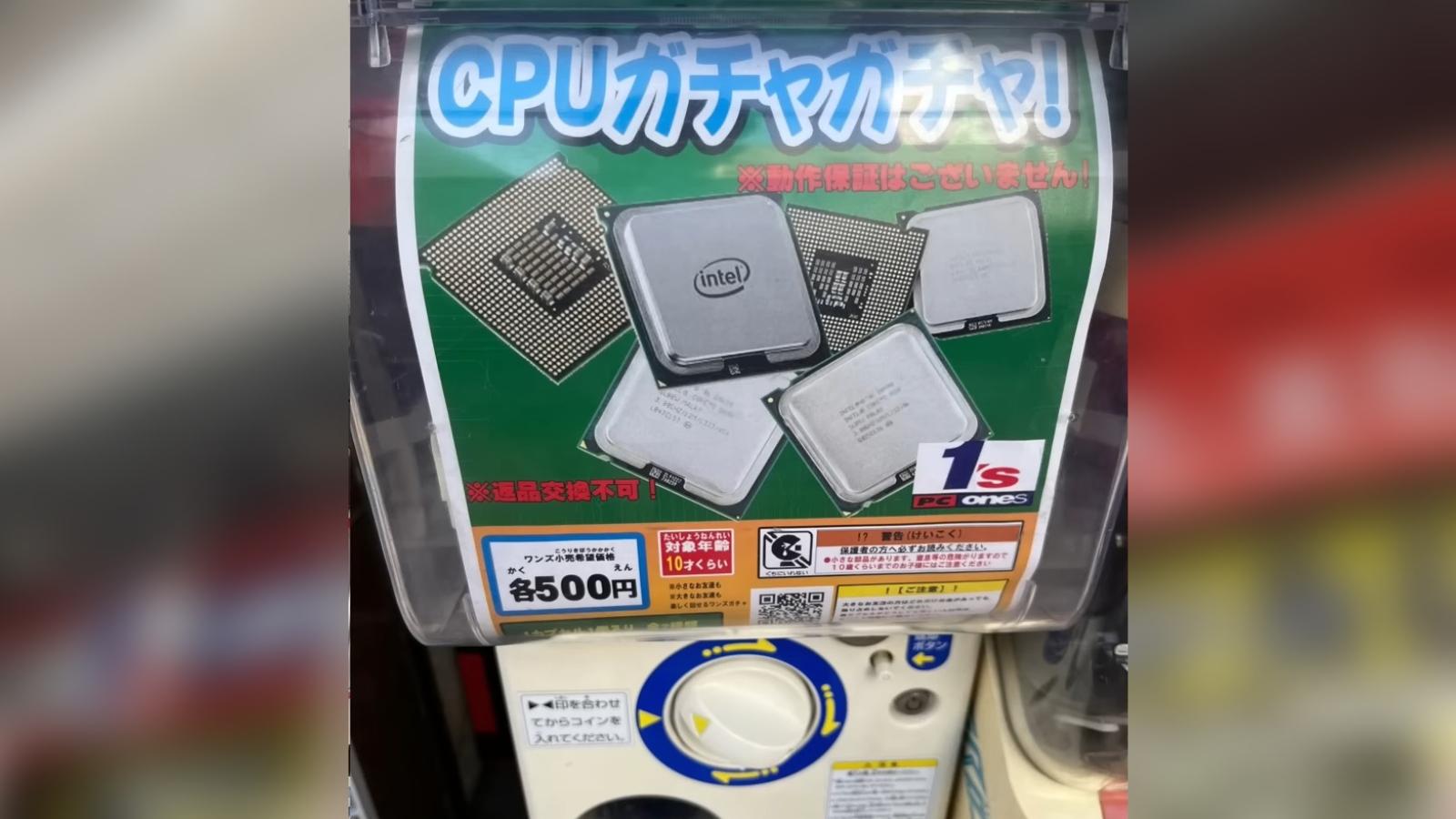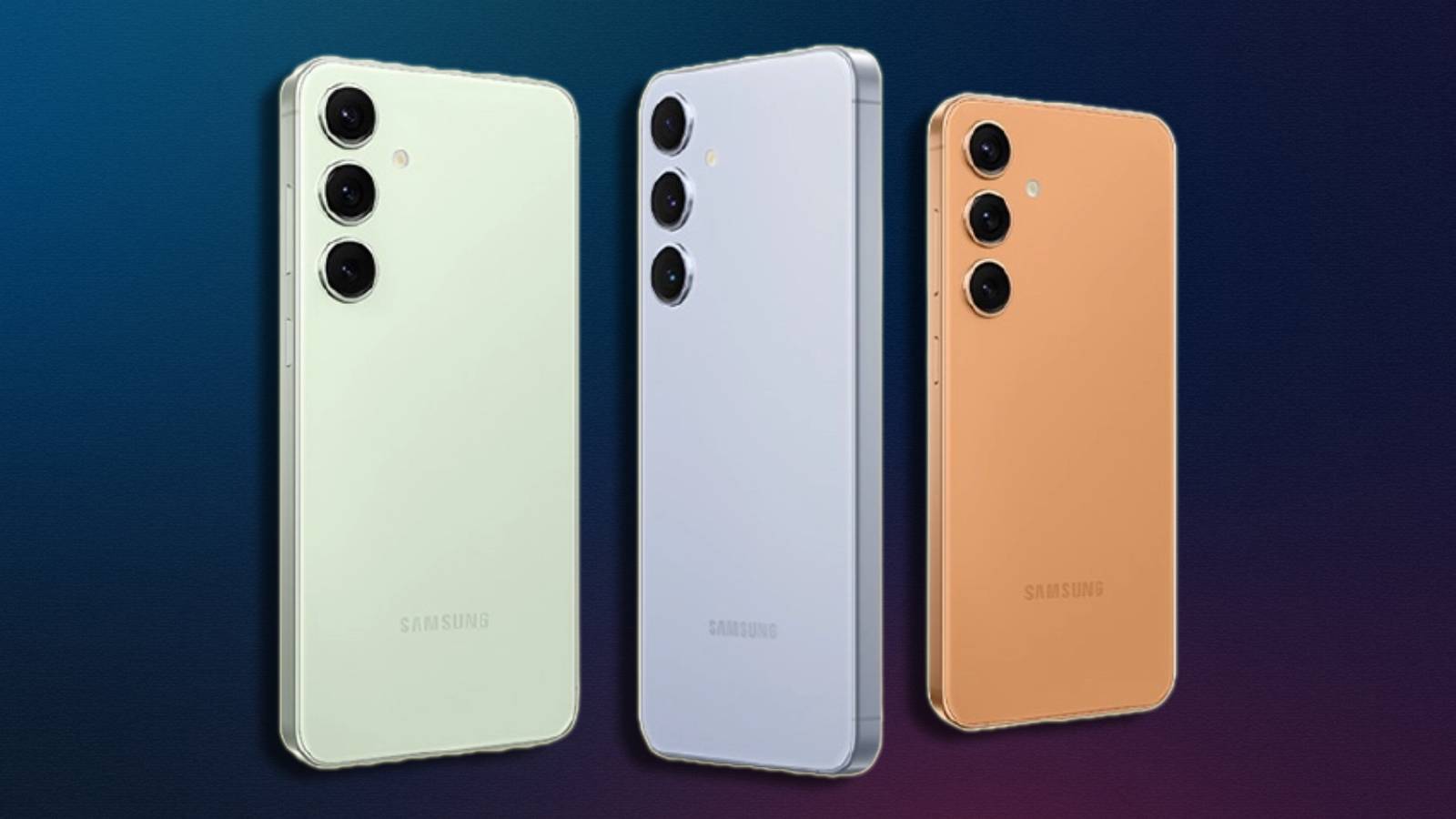Intel announces 13th gen CPUs Raptor Lake: Specs, price, release date
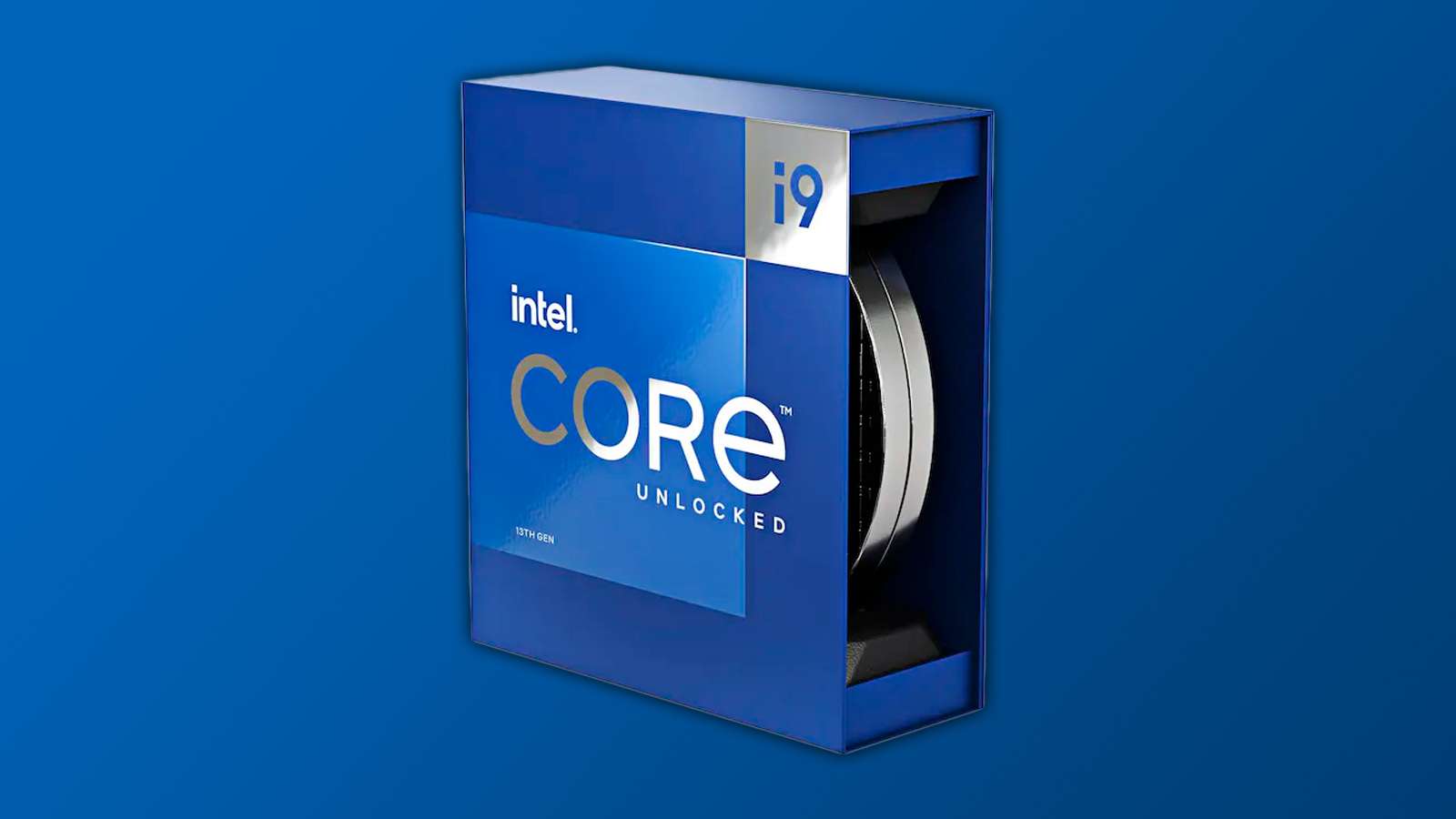 Intel
IntelIntel has finally announced Raptor Lake, the 13th generation of their current range of CPU chips. Here are all the details, including specs and price.
Despite AMD coming out swinging with the Ryzen 7000 chips, it appears that Intel doesn’t want to sit around too long for their 13th generation, Raptor Lake, to get overshadowed by Team Red.
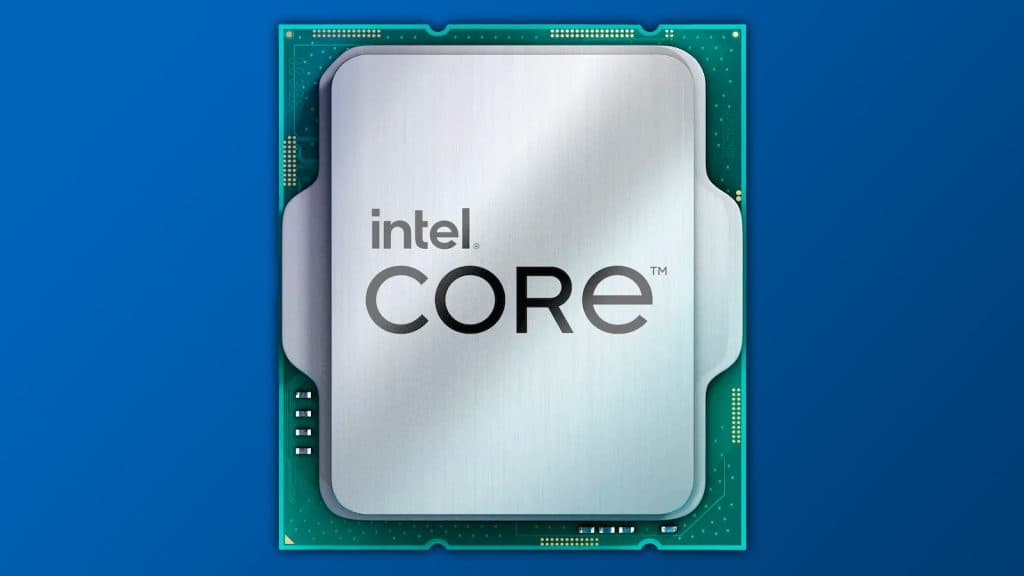 Intel
IntelTeam Blue plans to launch its new lineup and the flagship, i9-13900K, on October 20. After weeks of leaks and benchmarks leaking out, Raptor Lake is now out in the open and Intel has actually just dumped all the information without holding anything back.
From the specs, Intel hasn’t increased the available P-cores, but we can expect them to perform better thanks to the E-cores, which assist with multitasking. You’ll see more cores coming to i5, i7, and i9 chips.
Intel will be doing what AMD won’t, by continuing to support DDR4 going forward, while DDR5 adoption becomes more widespread – and presumably cheaper. You will also be able to use these on 600-series motherboards.
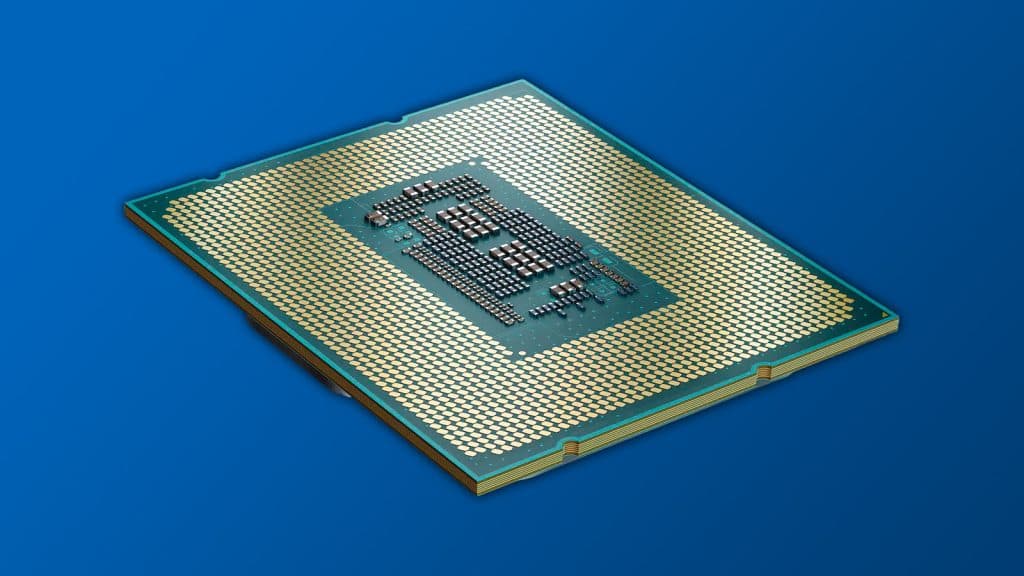 Intel
IntelThe i9-13900K, which will be unlocked, will come with 24 cores, 32 threads, and a maximum clock speed of 5.8GHz. On the lowest end of the currently announced lineup, the i5-13600KF will run at a maximum of 5.1GHz. Comparing this to AMD’s Ryzen 7000 roster, the 7600X – the lowest spec available on the new AMD chips – can run at 5.3GHz.
Until we manage to get hands-on with all the chips to put them head to head, we’re yet to see how they stack up with creative and gaming apps.
As pointed out by other outlets, Intel’s flagship will cost $589, just $20 more than the price cut to the 12900K, but also $200 less than the 12th gen top-end CPU when it launched last year.
Outside of this, price increases seem to be increasing across the board otherwise. While not massive increases, it is concerning to see PC parts continually creep upwards.
| Model | Cores (performance / efficiency) | Threads | Base clock speed, P-core / E-core (GHz) | Max turbo clock speed, P-core / E-core (GHz) | Graphics | DDR5/4 support | Recommended price |
|---|---|---|---|---|---|---|---|
| i9-13900K | 24 (8P / 16E) | 32 | 3.0 / 2.2 | up to 5.8 / up to 4.3 | Intel UHD Graphics 770 | 5600/3200 | $589 |
| i9-13900KF | 24 (8P / 16E) | 32 | 3.0 / 2.2 | up to 5.8 / up to 4.3 | N/A | 5600/3200 | $564 |
| i7-13700K | 16 (8P / 8E) | 24 | 3.4 / 2.5 | up to 5.4 / up to 4.2 | Intel UHD Graphics 770 | 5600/3200 | $409 |
| i7-13700KF | 16 (8P / 8E) | 24 | 3.4 / 2.5 | up to 5.4 / up to 4.2 | N/A | 5600/3200 | $384 |
| i5-13600K | 14 (6P / 8E) | 20 | 3.5 / 2.6 | up to 5.1 / up to 3.9 | Intel UHD Graphics 770 | 5600/3200 | $319 |
| i5-13600KF | 14 (6P / 8E) | 20 | 3.5 / 2.6 | up to 5.1 / up to 3.9 | N/A | 5600/3200 | $294 |
The notable thing here is just how much power these devices will require. To get the most out of your CPU, you’ll need the following available power, meaning that if you’re a few years out – or like me and got a budget machine in 2019 – will require a new power supply come October.
| Model | Processor base power (W) | Maximum turbo power (W) |
|---|---|---|
| i9-13900K | 125 | 253 |
| i9-13900KF | 125 | 253 |
| i7-13700K | 125 | 253 |
| i7-13700KF | 125 | 253 |
| i5-13600K | 125 | 181 |
| i5-13600KF | 125 | 181 |


